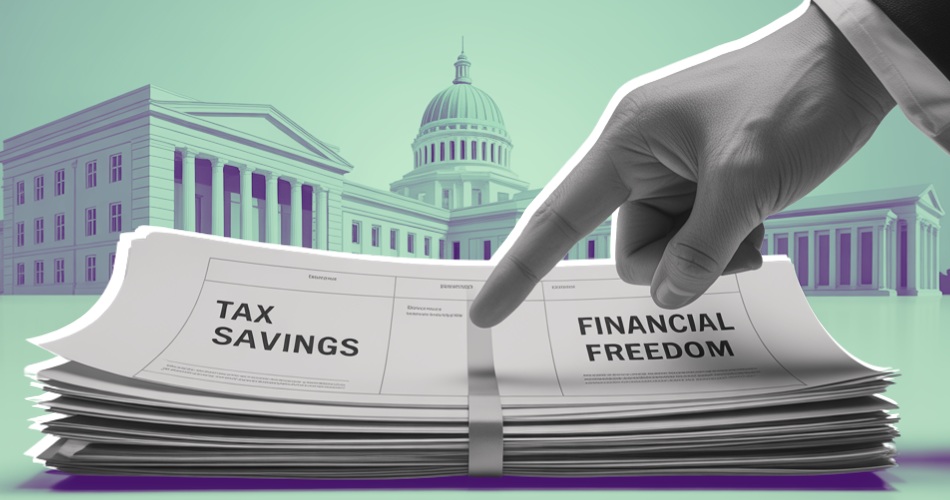
This fall, the IRS is rolling out its largest enforcement expansion in decades, fueled by billions in new funding and a mandate to close the “tax gap.” Headlines warn of more audits, stricter rules, and heightened scrutiny on small businesses. The response I hear from many owners? “Better safe than sorry, so let’s not take that deduction.”
But that instinct to play it safe is exactly what’s costing them. Overpaying the government doesn’t buy you protection; it just robs your business of the cash you need to grow.
The truth is, the tax code isn’t a punishment manual. It’s a playbook of incentives. Congress writes credits and deductions into law to nudge behavior—hiring, innovating, investing in energy or retirement plans. If you ignore those opportunities out of fear, you risk subsidizing everyone else’s growth but your own.
Why Overpayment Happens
Overpayment doesn’t usually show up as one glaring mistake. It creeps in through patterns:
Many owners self-censor, leaving credits like R&D or energy efficiency unclaimed because they “don’t want to raise a red flag.” Others treat tax as an April event rather than a year-round system, which means opportunities are gone by the time they sit down with their CPA.
There’s also a mindset issue. Too many believe complexity is reserved for Fortune 500s. In reality, many of the most powerful tax incentives were designed for small and mid-sized firms. The missed opportunities aren’t rare—they’re routine.
And then there’s the advisor gap. If your CPA just files what happened, you’ve got a historian, not a strategist. That’s compliance, not certainty.
The Hidden Costs of Overpaying
Every dollar you overpay isn’t just lost—it reshapes your decision-making.
That $15,000 you missed because you didn’t claim a $50,000 deduction? That could have been an employee, new equipment, or breathing room on your credit line. Multiply that year over year, and you’re not just lighter on cash—you’re running a smaller, riskier business than you should.
And the psychological cost is just as real. Owners second-guess investments, delay hires, or avoid pursuing credits entirely because they don’t trust the system. Fear becomes a tax all its own.
Using the Tax Code as It Was Designed
When I talk with business owners, I often hear the same frustration: “The tax code feels like a trap.” But the reality is that most of it isn’t designed to punish—it’s designed to direct.
Lawmakers write incentives into the code to encourage behaviors that benefit the economy: hiring, innovating, saving for retirement, or investing in clean energy. If you’re not taking advantage of those provisions, you’re effectively volunteering to pay more than you owe.
Here’s where the biggest opportunities are hiding:
- Credits and Incentives. The R&D credit isn’t just for tech giants. Energy upgrades, electric vehicles, and targeted hiring credits often apply to small and midsize firms. Billions of dollars go unclaimed each year.
- Entity Structure. Whether you set up as an S-Corp, LLC, or C-Corp determines whether income is taxed once or twice. Get this wrong and you’re draining cash unnecessarily.
- Timing and Documentation. Accelerated depreciation, retirement contributions, and aligning expenses to the right year can shift your liability dramatically. With records in place, these aren’t risks—they’re advantages.
- Continuous Strategy. Taxes shouldn’t be seasonal. If you only think about them in April, you’ve already missed the chance to play offense.
The tax code isn’t your enemy. Misuse—or worse, non-use—is what costs you.
How to Build Certainty Into Your Taxes
The goal isn’t to outsmart the IRS. It’s to stop overpaying by building systems that make tax outcomes predictable.
Start with an annual tax opportunity audit: review credits, deductions, and structure before year-end. Keep documentation hygiene, ensuring that your records are organized, and make audits boring instead of terrifying. And shift your relationship with your CPA: if they aren’t proactive, find one who is.
Treat tax planning like bookkeeping—continuous, not episodic. Each major business move, such as new hires, new revenue lines, new investments, should trigger a review. And revisit your structure regularly. The SECURE 2.0 Act, the Corporate Transparency Act, and shifting state credits in 2025 all prove the rules are moving targets.
None of this is about loopholes or schemes. It’s about aligning with the rules as written. Certainty comes from systems, not guesses.
Conclusion
Overpaying the government isn’t a safety strategy. It’s a drag on your growth. In 2025, with enforcement rising and rules shifting, small businesses that treat taxes reactively will keep leaking cash.
But those who build systems—audits, records, proactive reviews—will stop overpaying, reclaim confidence, and redirect money into their own growth. Certainty isn’t about paying less than you owe. It’s about paying exactly what you owe—and not a dollar more.
Sources
EY Tax Risk and Controversy Survey
Deloitte
U.S. Chamber of Commerce
U.S. Government Accountability Office





